Please don’t be put off by the title of this post!
Tea, like wine, is one of those subjects that can seem really complicated because there’s just so much to know about it if you want to take the time to learn. Also like wine, tea is a subject that some drinkers (but certainly not all) can tend to get snobbish about and use as a means to try to impress and/or belittle others. I’m not into that.
So, I wanna tell you a couple things about tea, but I’m not gonna beat you over the head with it. I realize that just as I don’t give a single crap about wine, tea may just not be your thing either.
Even if you don’t consider yourself a “tea person” though, just as I will never be a “wine person,” it can be fun to hear about something totally new and different sometimes. That’s what I hope to do with my tea posts, show you a little bit of something that brings me joy in hopes that you’ll find it interesting too.
So here’s what you need to know before we get started on the tasting.
You may have heard of the concept of “terroir” as it relates to wine. Basically, terroir refers to all of the environmental influences on the grape that help to shape it’s unique flavor. Tea is exactly the same. Where it comes from, how much sun it got that year, the exact temperatures, the flowers blooming in the area, the mineral content of the soil, and so on and so on, develop the leaf into something thoroughly unique that can’t be exactly reproduced ever again.
The vast majority of Chinese tea comes from the Yunnan province, and mostly from 6 mountains in the Xishuangbanna prefecture (kind of like a county.) One of the major tea factories in this region is the Menghai Tea Factory, where our pu-erh bing is from. You can see in the picture below that all of that is clearly printed on the wrapper so you know where your tea comes from.
The next thing you want to know is what those numbers on the wrapper represent. the one on top, 7542, is the recipe number. The first two digits, 75, are the year the recipe was first developed, so this recipe was introduced in 1975. The next digit, 4, is the grade of the leaves used, so these are not top quality leaves as they are fourth-grade, but still pretty good. The last number, 2, is the number assigned to Menghai Tea Factory, so all of their recipes will end in a 2.
The middle number is the quantity of the product, this one is 357 grams.
And 902 tells you when this particular bing was made, 9 stands for 2009 and 02 means that it’s the second release of it.
Only slightly confusing, right? 
Now onto how to brew it…
I’m not going to go into too much detail about this because we’re currently not doing it exactly right anyway. We just don’t have all the right drinking cups and sharing pitchers and tea tables to show you all the ceremony of it. We also don’t have a way of knowing if our hot water is at the right temperature and that really makes a difference. Some day we’ll get a programmable hot water boiler for that.
Basically you just fill the pot with leaf, warm up the cups with plain hot water, and then “rinse” the leaf. There’s always some sediment and tiny pieces of broken leaf to wash out, and rinsing helps to remove some of the initial bitterness in the tea. You pretty much just fill the pot with hot water and immediately pour it out once or twice.
Then you can begin your infusions. We did seven where we gradually increased the length of time that the tea brewed. Can you spot the subtle color differences as we went along?
The really cool thing here is that the tea tastes and smells very different after each infusion. So without further ado, here are my tasting notes…
- Infused 25 seconds. Subtle peppermint and cinnamon aromas. Tastes of blond straw and still bitter and green tasting.
- Infused 25 seconds. I can smell only the clay of the pot, very minerally. Bitterness is mellowing out, tastes like a thin green tea.
- Infused 30 seconds. Starting to smell some honey, not just sweetness but the kind of tingling enzyme-laden honey scent. Tastes lightly grassy but with some very faint sugar flavor in the background.
- Infused 40 seconds. Smelling darker and more damp and woody, still honey enzyme aromas. Starting to taste dried mushroom and bark.
- Infused 50 seconds. All of a sudden aromas of sweet pear juice come forward. The tea has very little flavor though, just mellow.
- Infused 60 seconds. Fruity pear smell intensifies, almost lychee-like. Tastes of pear juice with a hint of pine.
- Infused 75 seconds. Smells now of pear and mushroom. Tastes like a high quality olive oil!
Infusion #6 was definitely my favorite! A very surprising flavor to come from a tea that smells like wood and mushrooms when dry.
And here’s what the leaf looks like after all that…
It feels oily and fragile, and smells so interesting! It’s kind of like a combination of all the smells throughout the tasting.
Lucas liked to sniff at it too…
Sorry bud, not food, at least not anything you would wanna eat.
So that’s it. I don’t really need to know anything about tea to know that I enjoy it, but having a few extra bits of knowledge is helping me to be able to choose teas that I’m likely to enjoy and to prepare them well.
It is so relaxing to spend an hour or so brewing and sipping and pondering the smells and flavors of tea with Jeff on a rainy day, or any day really. The whole process really serves to calm me down and to appreciate the beauty of the things around me.
What is your favorite tea? (And don’t think you have to drink Chinese pu-erhs to have an opinion about tea, I love me some Yogi brand Green tea with goji berry!)




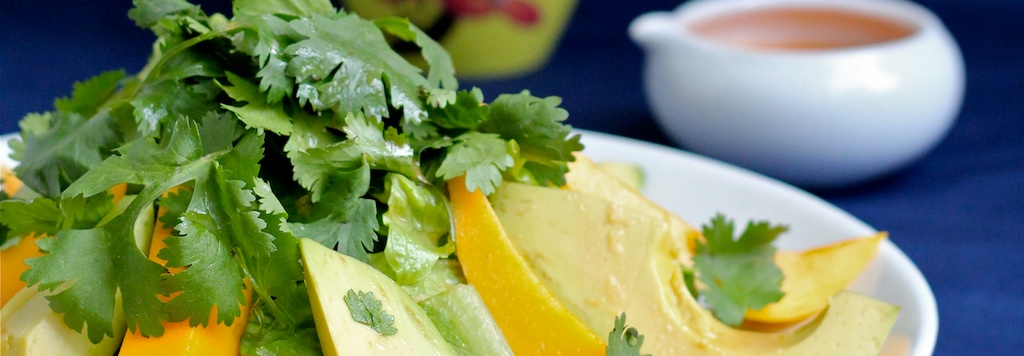
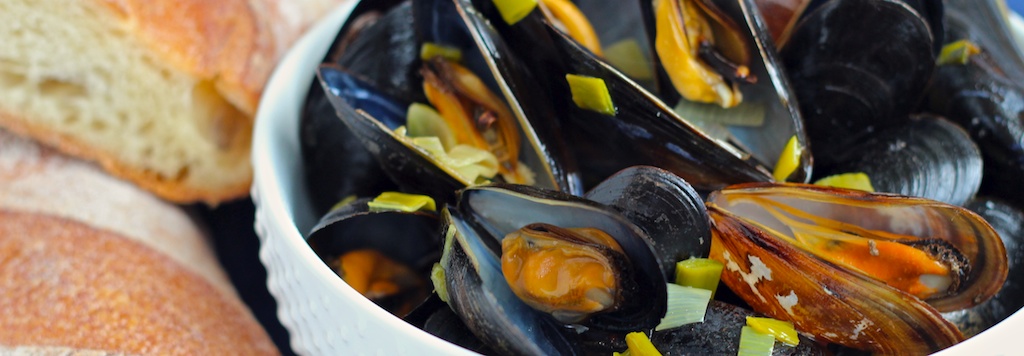
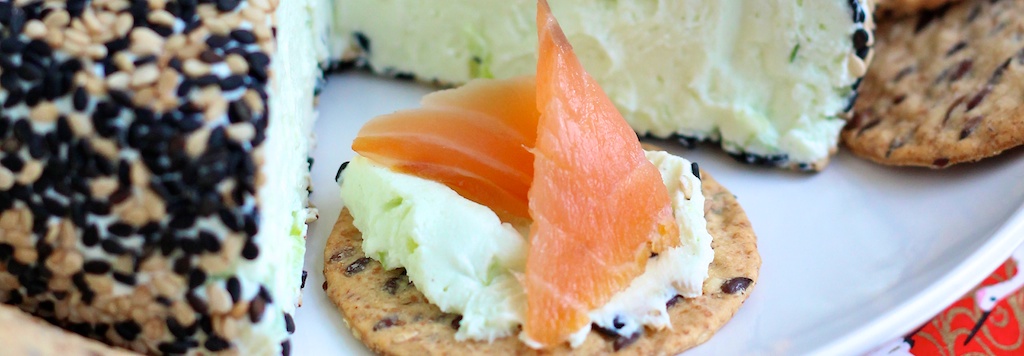
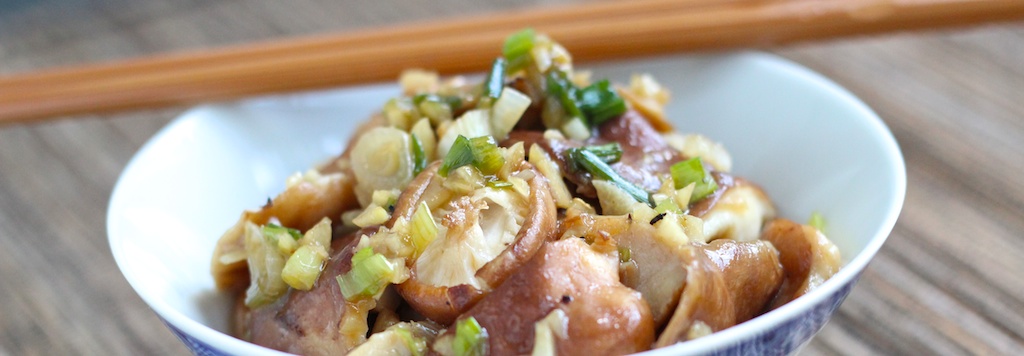
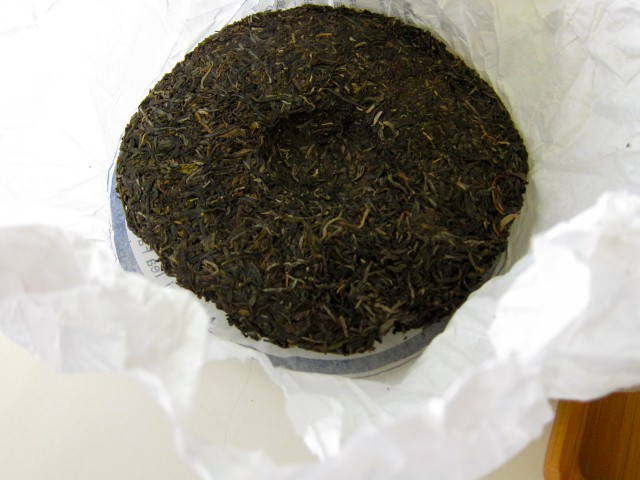
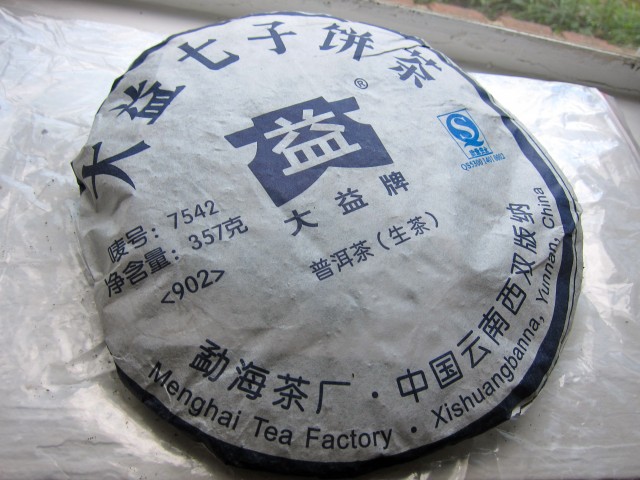
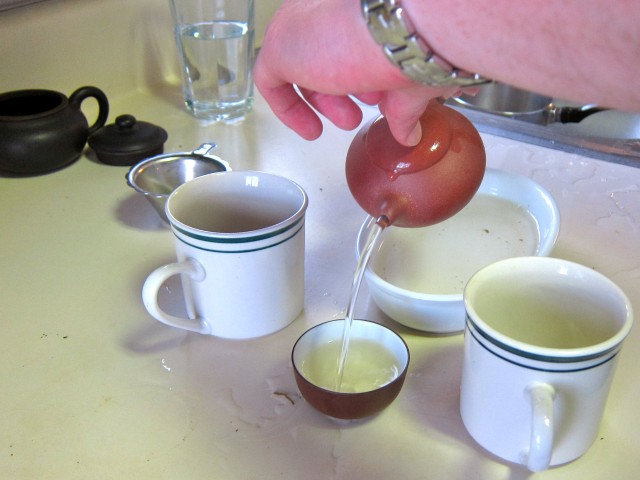
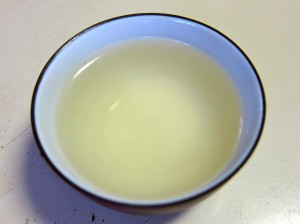
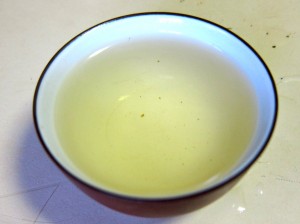
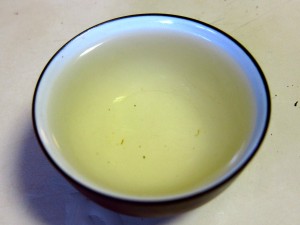
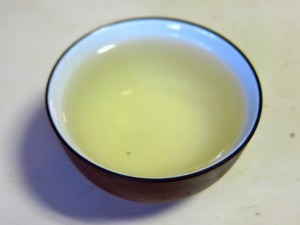
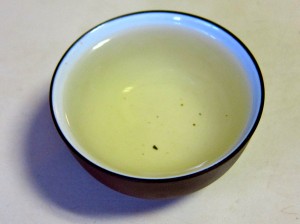
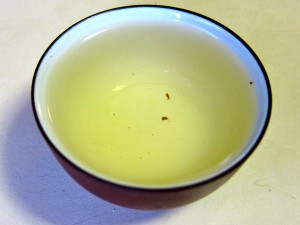
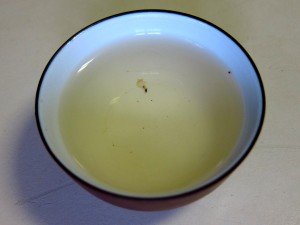
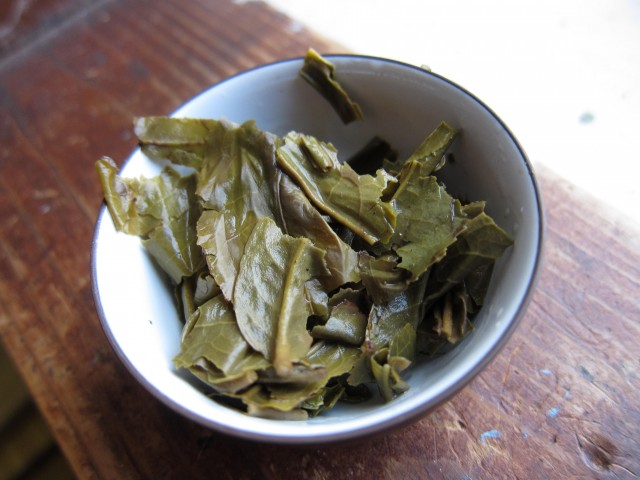
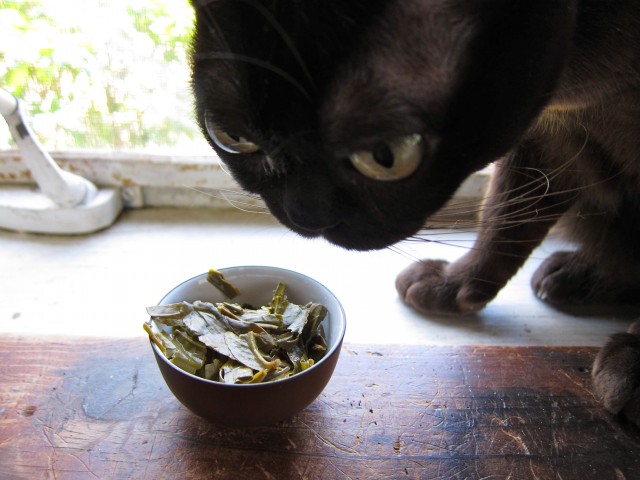

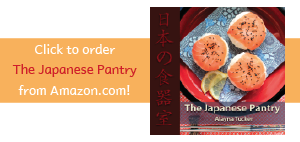
Very neat! I just learned a ton from that post! Each morning I usually drink the Tazo green tea that my office buys.
Stacy recently posted..Farm Mobile & Frittata
Mmmm…Tazo’s green is so grassy, I love it!
I love all the detail you included in this post! So much great information. Tea drinking it like an art, and I love all the subtleties and ceremony of it. I can’t agree more that it’s the perfect way to spend an hour.
My favorite tea is Japanese gyokuro. I really love grassy green teas. We drank the most amazing green teas in Uji near Kyoto, and I loved the process of savoring the tea with the perfect complementary wagashi. Nothing compares in tea shops the States!
I love gyokuro too! Long before Jeff got me interested in black teas I was solely a matcha drinker. So cool that you got to go to Uji! We planned to while we were in Kyoto to go visit a tea factory where you could roast your own tea, but time got away from us. Next time, for sure! Also, don’t you just love all those chewy little wagashi!?